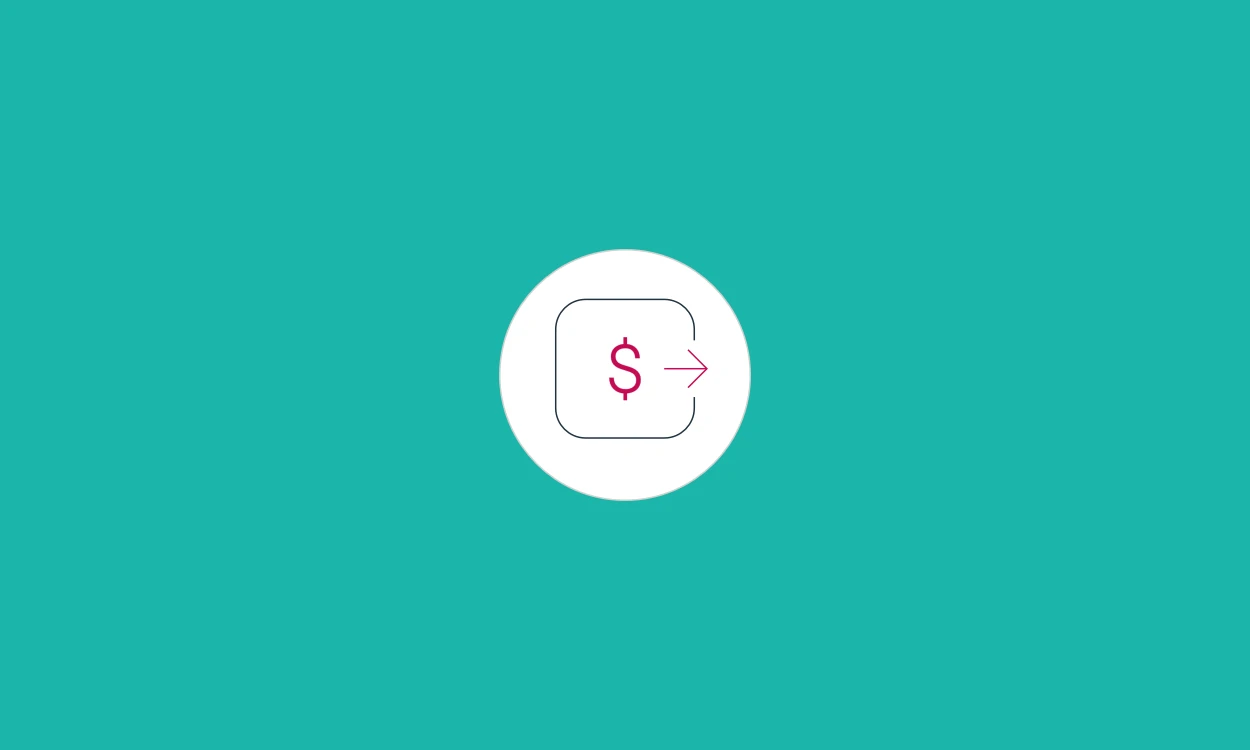The Lively Blog
SIGN UP FOR OUR
Newsletter
Stay up to date on the latest news delivered straight to your inbox
HSA Contribution Guide
Lively · September 12, 2019 · 4 min read

Ready to get a handle on healthcare costs and start building your safety net? It all starts with your HSA deposits. Set up recurring contributions through your employer’s payroll or directly from your bank account. If you can contribute through payroll, your funds come out pre-tax and you get additional payroll tax savings (remember, contributions made through your employer’s payroll are pre-tax). If direct from your bank, you’ll be able to take an above-the-line deduction when filing your income taxes.
Envision yourself…
Paying less for every out-of-pocket cost later this year.
In five years, knowing you built up a safety net equal to your health plan’s out-of-pocket maximum (knowing you would be responsible for paying those costs in any given year).
Relaxing in retirement with the $369,000 typically needed for a couple to cover medical expenses beyond what Medicare covers.
Deciding How Much to Deposit
We've created a handy guide to help you decide how much to deposit into your HSA. If you’ve already set up your payroll deduction or a direct contribution from your bank account, you can always adjust it throughout the year to fit your budget. Once you decide how much to contribute, divide it by the number of your payroll cycles to get your per paycheck deduction, or by 12 to get a monthly amount to transfer from your bank account.
What's Your Savings Goal?
Lowering out-of-pocket-costs
Your first priority should be to extend your buying power for today’s healthcare costs (if you have them). That means learning about qualified expenses and estimating what you’ll spend this year on healthcare costs. Include doctor, prescription, dental, vision, and chiropractic costs. Remember you can pay qualified expenses for your spouse, domestic partner, and tax-dependent children (if you have them), even if they aren’t covered by your health plan.
Here's an example of a customer who spends $2,000 in qualified expenses annually and has 30 percent total tax savings.

Assumes 30% tax savings. Your savings may vary.
Building your safety net
Once you estimate your costs for this year (or if you’re lucky enough to not have any expected expenses), plan to set aside funds to begin building your safety net. The reality is your health plan has a high deductible. That’s money you are on the hook for before your plan pays part of your costs.
Because your HSA funds never expire, there’s no risk of losing what you save. A smart target is to first save enough to cover your deductible, and then target your out-of-pocket maximum (the most you’d have to spend in a year). If you don’t know these amounts, check with your health plan.
Saving enough to cover your out-of-pocket max ensures that in any given year, you’ll have enough saved in your HSA to cover your maximum share of medical expenses.
Here's an example of a customer who spends $1,000 and saves $1,000 annually at 30 percent total tax savings.

Assumes 30% tax savings. Your savings may vary.
Making the maximum deposit
If you can afford it, plan to maximize your HSA contribution every year. With more tax advantages than a 401(k) or IRA, and the ability to spend the money any time on qualified expenses today through retirement (even if you leave your HSA-qualified plan), there really is no downside to long-term HSA savings.
Plus, you can always pay out-of-pocket for costs today, watch your HSA grow, and then reimburse yourself anytime in the future. Remember the annual limits so you don’t over-contribute and receive a penalty.
Here's an example of a customer with a family plan who saves $7,000 annually, spends nothing, has 30 percent total tax savings, and invests at a six percent return.

Investments are not guaranteed, not insured and may lose value. This example assumes a 6% annual rate of return and annual HSA contributions of $7,000 with no withdrawals from the account. Speak with an investment advisor about your HSA investing potential.
Taking Action with your Lively Account
Now that you know about the different savings goals in your HSA, set (or reset) your contribution through one of two options:
Directly through your Lively account online or through the mobile app
Through your employer. To do so, ask your HR team for help or change contributions through your employee benefits portal

Benefits
2025 and 2026 HSA Maximum Contribution Limits
Lively · May 9, 2024 · 3 min read
On May 9, 2024 the Internal Revenue Service announced the HSA contribution limits for 2025. For 2025 HSA-eligible account holders are allowed to contribute: $4,300 for individual coverage and $8,500 for family coverage. If you are 55 years or older, you’re still eligible to contribute an extra $1,000 catch-up contribution.

Benefits
What is the Difference Between a Flexible Spending Account and a Health Savings Account?
Lauren Hargrave · February 9, 2024 · 12 min read
A Health Savings Account (HSA) and Healthcare Flexible Spending Account (FSA) provide up to 30% savings on out-of-pocket healthcare expenses. That’s good news. Except you can’t contribute to an HSA and Healthcare FSA at the same time. So what if your employer offers both benefits? How do you choose which account type is best for you? Let’s explore the advantages of each to help you decide which wins in HSA vs FSA.

Health Savings Accounts
Ways Health Savings Account Matching Benefits Employers
Lauren Hargrave · October 13, 2023 · 7 min read
Employers need employees to adopt and engage with their benefits and one way to encourage employees to adopt and contribute to (i.e. engage with) an HSA, is for employers to match employees’ contributions.
SIGN UP FOR OUR
Newsletter
Stay up to date on the latest news delivered straight to your inbox
